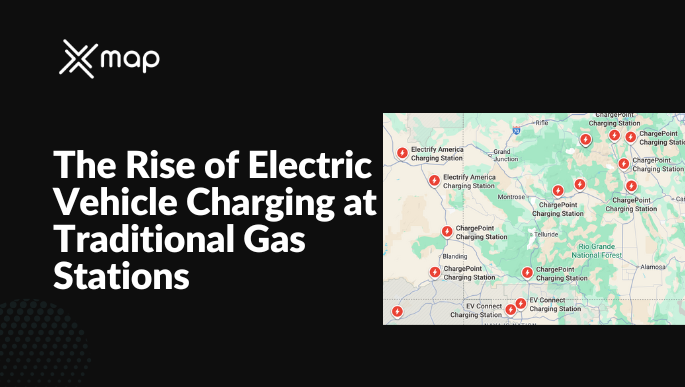The Rise of Electric Vehicle Charging at Traditional Gas Stations (2025)

- Remove the current class from the content27_link item as Webflows native current state will automatically be applied.
- To add interactions which automatically expand and collapse sections in the table of contents, select the content27_h-trigger element, add an element trigger, and select Mouse click (tap).
- For the 1st click, select the custom animation Content 27 table of contents [Expand], and for the 2nd click, select the custom animation Content 27 table of contents [Collapse].
- In the Trigger Settings, deselect all checkboxes other than Desktop and above. This disables the interaction on tablet and below to prevent bugs when scrolling.
Electric vehicles (EVs) have transitioned from novelty to necessity, with over 18 million EVs now on U.S. roads in 2025. As the transition accelerates, traditional gas stations are confronting a pivotal choice: adapt or risk obsolescence. This article dives into how legacy gas station brands are incorporating EV charging infrastructure and what it means for the future of fueling in America.
From Fuel Pumps to Charge Ports: The Infrastructure Shift
For decades, gas stations have been cultural and logistical landmarks. But EVs require fundamentally different infrastructure. Unlike a 5-minute gas fill-up, charging can take anywhere from 15 minutes (fast-charging) to several hours (level 2 charging). This shift demands more than just hardware—it’s a rethinking of the customer experience, station layout, and operational model.
Which Brands Are Leading the EV Transition?
According to the 2025 U.S. Gas Stations dataset, a growing number of legacy gas station brands are installing EV chargers across their networks. Here's a quick comparison:
While the overall percentage remains modest, it reflects a rapidly growing investment—especially among travel stop chains like Love’s, which benefit from long dwell times and large footprints.
Why Gas Stations Are (and Aren’t) Adding Chargers
Drivers:
- Increased EV ownership and policy incentives
- Demand for convenience—drivers want to charge where they shop or eat
- Access to federal/state grants (e.g., NEVI program)
Barriers:
- High upfront infrastructure costs ($150K–$300K per fast-charging site)
- Uncertainty over return on investment
- Grid capacity limitations, especially in rural or aging areas
EV-Friendly States: Where Are the Chargers?
EV adoption and gas station charger deployments aren’t uniform across the U.S. Some states have significantly outpaced others:
States with EV-friendly policies and utility support—like California and Colorado—are seeing faster station adaptation.
A New Business Model: Dwell Time and Destination Charging
Since EV charging takes longer than gas pumping, many stations are shifting strategies:
- Expanded Food Options: Some install fast-casual food counters or cafes.
- Wi-Fi Lounges: Dedicated areas for drivers to work or relax.
- Retail Tie-Ins: Encouraging customers to shop while they wait.
This approach mirrors what Tesla pioneered at Superchargers and what Buc-ee’s is exploring at scale.
The EV Charging Arms Race: Gas Chains vs. Tech Giants
It’s not just Shell or BP investing in chargers. Tech-forward companies like Tesla, Electrify America (Volkswagen), and even Amazon are entering the game—often placing chargers at big box stores or urban hubs.
Traditional gas stations are now in a race not just to install chargers, but to keep up with a vastly different type of competition.
What to Expect by 2030
If current growth rates hold, we expect over 25,000 traditional gas stations in the U.S. to host at least one EV charger by 2030.
That means:
- 1 in 4 stations nationwide will support EVs
- Increased integration of solar panels and battery storage
- Partnerships with automakers for loyalty programs and charging discounts
Final Thoughts: The Silent Transformation
EV chargers may not be as loud or visible as gas pumps—but their presence is growing. For station owners, adapting isn’t optional anymore. It’s a slow but inevitable transformation that will define the next era of mobility infrastructure.
And for drivers? The future of fueling looks cleaner, quieter, and a lot more connected.
連絡を取る
あなたの目標やプロジェクトの規模が何であれ、私たちはそれを処理します。
100% ご満足いただけるよう努めます。
「私たちは、中東のビジネスニーズに合わせた質の高いデータを提供することに重点を置いています。レストラン、ホテル、ジムのいずれであっても、地理データを使用して業務上の意思決定を強化できます。」





